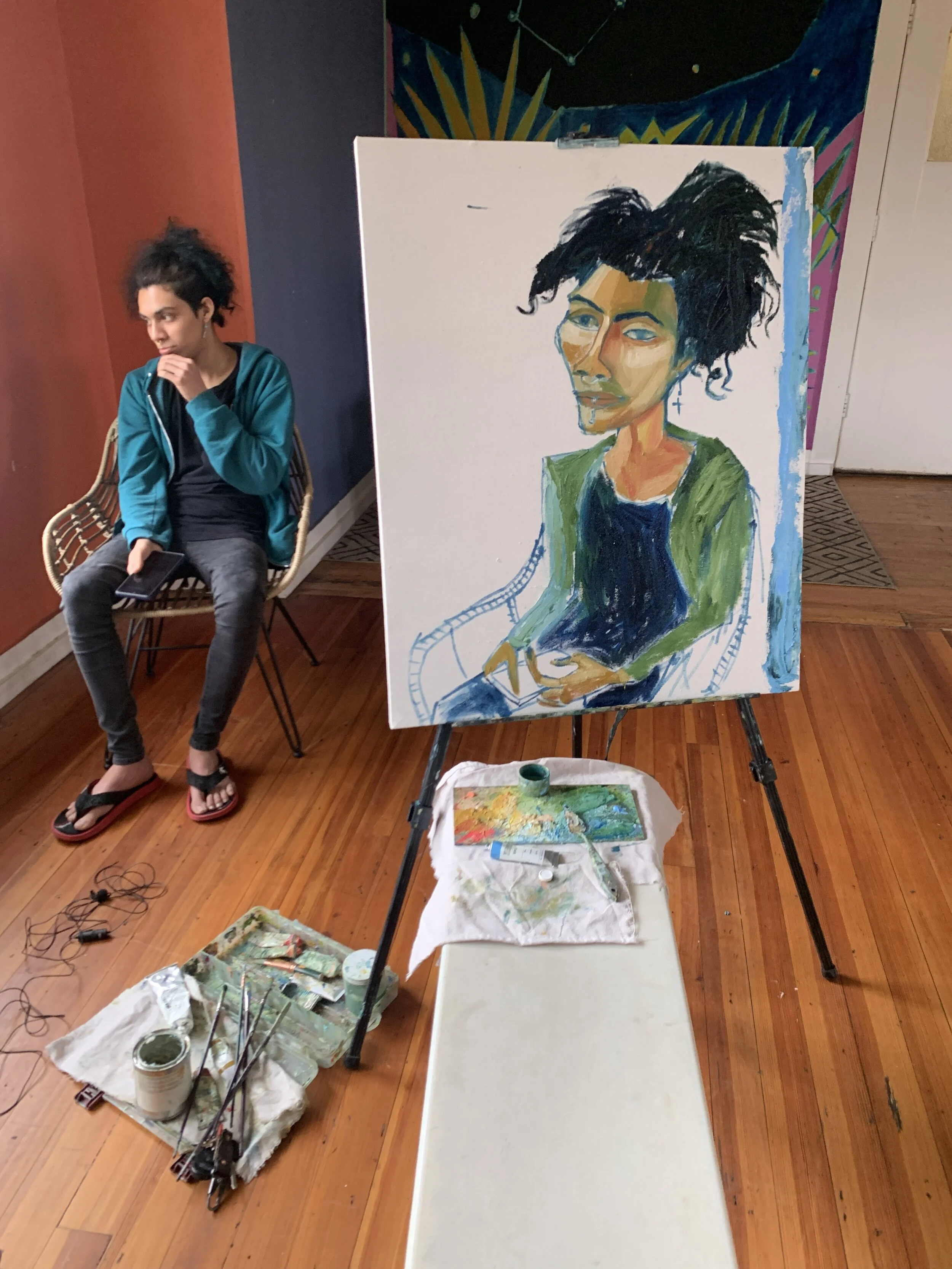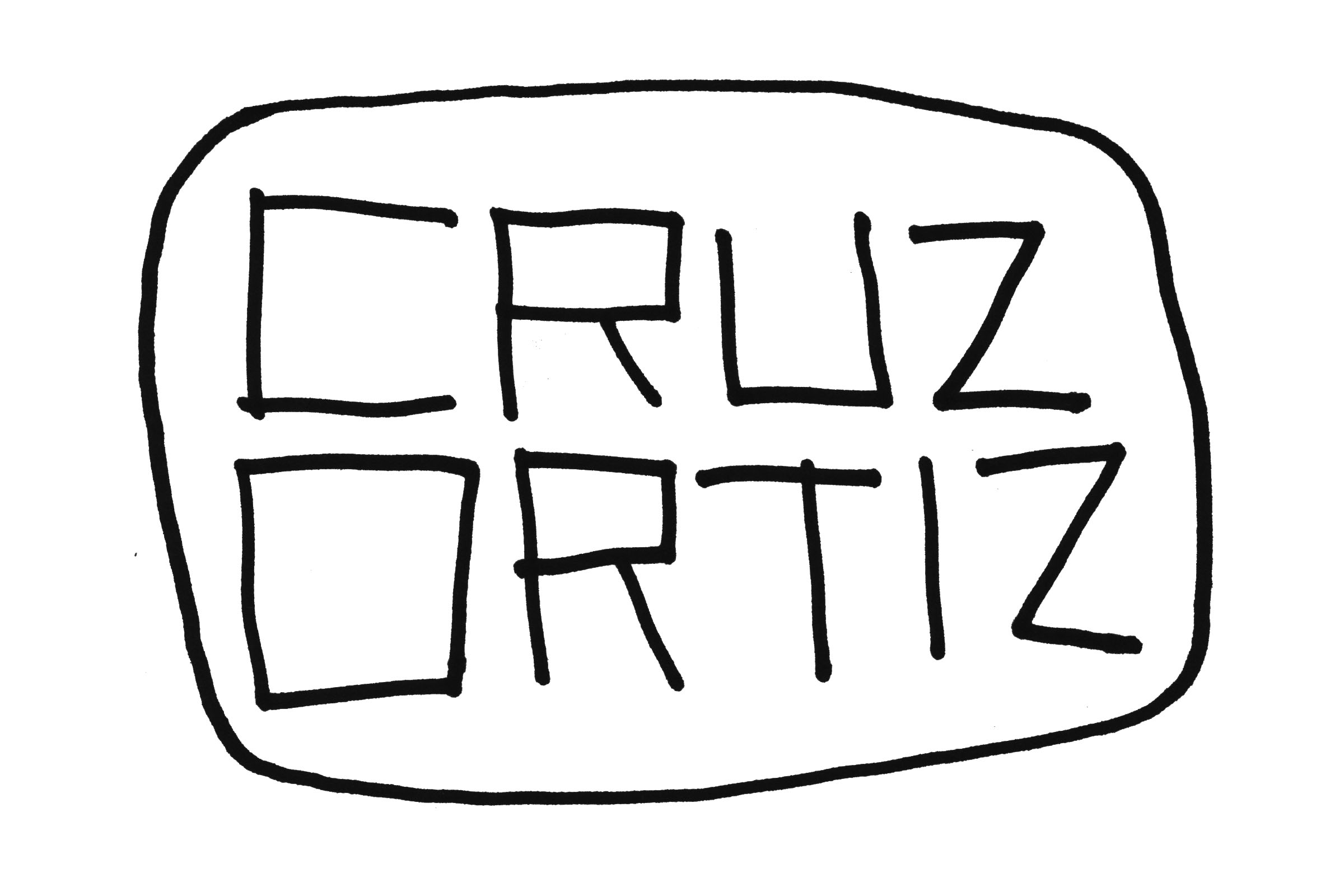EN VIVO PORTRAITS
These are live portrait painting sessions combined with raw recordings that integrate oral history and portraiture. This is an attempt to present not just the visual representation of extraordinary people but also the audio fireside chats that happen between the sitter and the artist. These conversations offer folks a unique opportunity to listen into what goes on in an artist’s studio while a portrait is painted using direct observation. The presentation of the portrait process has created a curious understanding of how we view art works from Art History as well.
Most of the people I ask to sit for portraits have some involvement in social and humanitarian issues, such as Voting and Immigration Rights. Some of the sitters are Civil Rights activists, Immigration Lawyers, Journalists, Politicians and Artists. This specific group of people are mostly painted at my studio. My studio is located in an old train station deep in the heart of an old Spanish Colonial Historic District located on the Southside San Antonio, Texas. At times throughout these sessions an occasional visitor, the shuffling of studio assistants, my neighbors Roy or Luis, and even a loud blaring train might disrupt the recording. But these are not interruptions but the sounds of a real artist studio in Texas. The portrait sittings usually take up to 2 hours.
Another group of people I find necessary to document are people who have experienced trauma who were escaping violent homelands, people who lived through long atrocious migratory journeys, and people who have endured immigration detention camps. These portraits are done in collaboration with various Human Rights Organizations, such RAICES, Texas Civil Rights Project, Sueños Sîn Fronteras, Posada Guadalupe, and Indigenous Environmental Network. These audio recorded live sittings do something more than just document, they bring dignity to the sitter. The portrait painting process also allows for the sitter to tell their story and to share their dreams of a better life. It has been quite difficult to paint and listen to their stories, while staying focused on painting. I keep thinking how these paintings are essentially immortalizing them and their experiences.
I even get caught up in the process, where painting these portraits goes beyond formal art issues and into something more that visualizes universality and humanity. When I have the opportunity to paint these brave people it is usually on location at safe houses, temporary transitional homes, and other disclosed locations. Which means I'm having to condense my studio into a backpack, with a pleinair painting set and audio recording equipment. I always leave the sessions mesmerized and in awe. This shared experience between painter and sitter is something that I have yet been able to construct, but I know that the work that I am producing is important work.
co






























